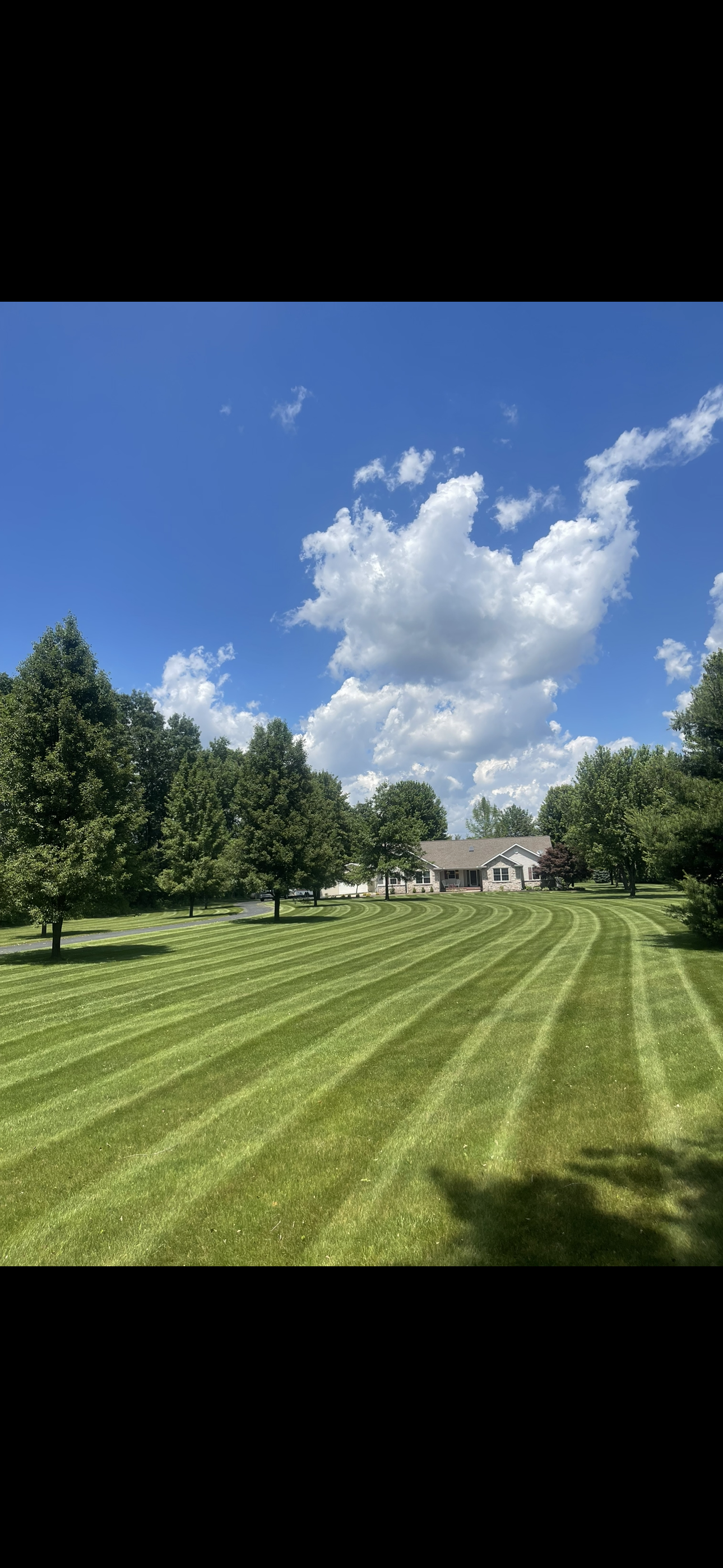
The Art of Seasonal Planting: Designing Vibrant Year-Round Gardens Aug 10, 2025
The cornerstone of a successful year-round garden is seasonal planting. Each season brings unique opportunities and challenges, so understanding what plants thrive during each can make all the difference. It starts with selecting the right plants. Consider choosing a variety of perennials, shrubs, and annuals that seamlessly transition from one season to the next. Perennials such as coneflowers and daylilies are perfect for summer, offering bursts of color, while evergreen shrubs like boxwoods provide structure and maintain interest in the winter months.
To design a garden that captivates year-round, layering is crucial. Much like layers in a painting, layers in a garden add depth and complexity. Shorter plants can complement taller ones, creating a visual hierarchy that catches the eye and draws the observer in. By planting in layers, you're also able to maximize space, ensuring that even when some plants go dormant, others are putting on their best show.
A crucial tip for successful seasonal planting is to consider bloom times. Planning your garden so that you have something in bloom every month not only delights but also helps sustain local wildlife. Native plants are a fantastic choice, as they are adapted to local climates and often require less maintenance. Think about mixing early bloomers, like crocuses and daffodils, with fall favorites like asters and chrysanthemums. This strategy keeps the garden lively from the first thaw until the frost.
Color is another powerful tool in the gardener’s palette. By selecting colors that complement or contrast with one another, you can craft an aesthetic that is both soothing and striking. In spring and summer, opt for bright and lively hues to celebrate the season of growth. Conversely, in autumn, embrace warm, deep tones that reflect the changing leaves, and in winter, rely on evergreens and other plants with interesting bark or berries for subtle splashes of color.
Attention to soil conditions and climate is also paramount. Before planting, it's vital to understand the specific needs of each plant. Soil testing can determine acidity and nutrient levels, guiding your amendments and ensuring your plants thrive. Local climate conditions like rainfall and temperature variations will also dictate what plants are best suited for your garden. First Class Grass LLC's expertise in local landscaping can be invaluable in selecting the ideal vegetation.
Finally, don't forget the hardscaping elements. Pathways, rocks, and water features can add interest and structure to your garden. They also serve a practical role by providing accessibility and focal points, making your garden not only a visual delight but also a functional space.
In conclusion, designing a vibrant year-round garden requires a thoughtful approach to plant selection, garden layering, and understanding local conditions. By applying these principles, your garden will not only look stunning through every season but also become a beautiful space for relaxation and enjoyment. Whether you're an experienced gardener or a novice, First Class Grass LLC is here to help bring your vision of a year-round garden into reality. With the right mix of plants, colors, and landscape features, you'll discover that every month holds the potential for beauty and growth in your garden.
/filters:no_upscale()/media/bfdfde9c-90d6-41ff-96dd-3bf937898a6b.jpg)
/filters:no_upscale()/filters:format(webp)/media/7ec8d3c6-4951-4dc8-9563-27011319eb15.png)